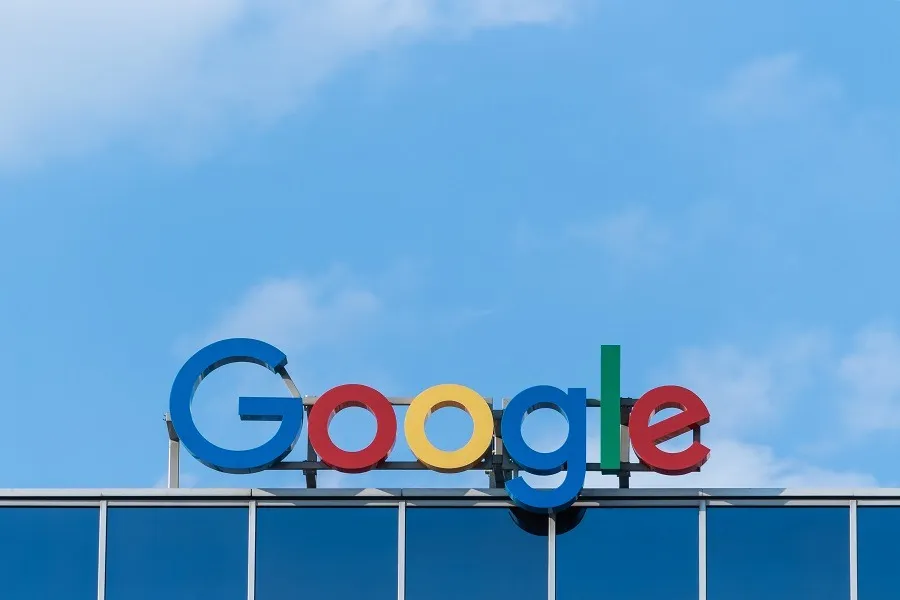Google Rolling Out Passkeys for “Passwordless Future”
If you have a Google account, you’re familiar with just how many of its products, services and third-party applications let you sign in with your Google credentials. This is a major cybersecurity risk, as hackers can then access all your data. But Google is now changing how it implements these credentials, saying it’s the “beginning of the end” for passwords.
Death to Passwords
Google has for some time suggested that passwords are an antiquated way of logging in to websites. While most people know that a secure password should be a complex string of characters that can’t be easily guessed, some write it down or simply forget, which negates the password’s strength. That’s why Google has started to roll out passkeys, a step toward a “passwordless future” that does away with words, numbers, and special characters.

It might seem inconceivable, but there are much better ways to log in and secure your various Google accounts that don’t involve an authenticator or password. Google’s passkeys use the few things you’ll never be without or forget: your face, fingerprint and screen lock PIN.
Similar to how you unlock or sign in to apps on your mobile phone through facial recognition, Google accounts will now use the same technology. It’s more secure, as it’s incredibly difficult to copy your facial features or fingerprint.
“They’re both easier to use and more secure than passwords, so users no longer need to rely on the names of pets, birthdays or the infamous ‘password123.’ And, unlike passwords, passkeys are resistant to online attacks like phishing, making them more secure than things like SMS one-time codes,” Google explains in a blog post.
Starting today, you’ll see the option to sign in to your Google account with a passkey. Over the past year, it’s been made available for other services, like DocuSign, Kayak, PayPal, and Shopify.
Image credit: Pexels
Leave a Reply